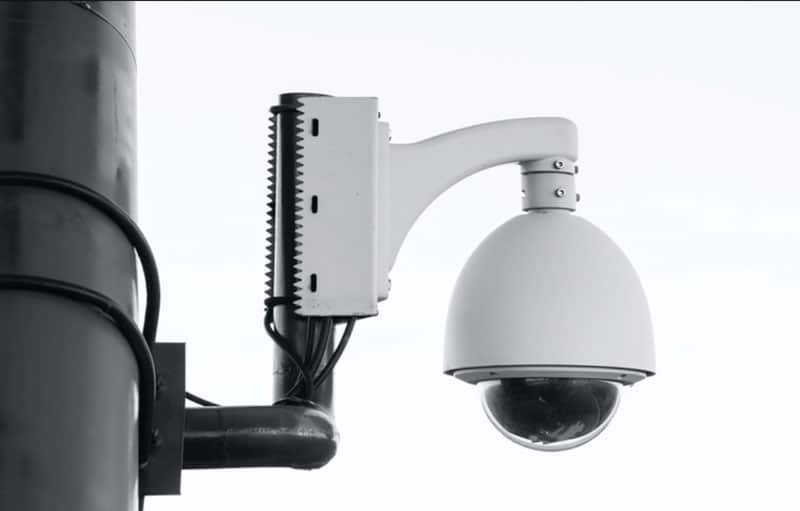The network security key is a kind of network password or passphrase in the form of a physical, digital signature, or biometric data password that is used to provide authorization and accessibility to the wireless network or device with which the client requests to connect.
The security key establishes a connection between the requesting client and the serving network or wireless device like routers. This protects our network and machines from unwanted access.
The security key is of various kinds and is widely used everywhere in our day-to-day services like online banking, money transactions in the form of OTPs (one-time password), online shopping, accessing the Internet service, login into the mail account, or any network device, etc.
Types Of Network Security Key
The most common network security keys for authorization on wireless networks include Wi-Fi protected access (WPA and WPA2) and wired equivalent privacy (WEP).
1) WEP
WEP uses a 40-bit key for encryption of the data packet. This key is combined with a 24-bit IV (initialization vector) to make an RC4 key. This 40-bit and 24-bit IV makes a 64-bit WEP key.
Two authentication methods are used, i.e., open system and shared key authentication.
In the open system authentication method, the requesting client host does not need to present the credentials to the access point for authentication, as any client can try to associate with the network. Here, only the WEP key is used for the encryption process.
While in shared key authentication, the WEP key is used for authentication by deploying a four-way challenge-response handshake process.
Firstly, the host client sends the authentication request to the access point. Then the access point in response sends back the clear-text challenge. The client host will encrypt the challenge text using the WEP key and send it back to the access point.
The access point will then decrypt the response, and if it is identical to the challenge text, it will transmit a positive reply. Later the authentication and the association process will be completed, and again, the WEP key is used to encrypt the data packets using RC4.
From the above process, it seems that this process is a secure one, but anyone can easily decode practically the key by cracking the challenge frames. Therefore, this encryption and authentication method is more minor in practice, and the WPA, a more secure method than this, has evolved.
2) WPA and WPA2
The host device that wants to connect to the network requires a security key to start the communication. The WPA and WPA-2 both work on the principle that after the key’s validation, the data exchange between the host device and the access point is encrypted.
The WPA deploys a temporary key integrity protocol (TKIP), which uses a per-packet key. It dynamically produces a new 128-bit key each time a packet arrives and allocates the same to the data packet. This saves the package from any unwanted access and attacks.
It does have a message integrity check, which guards the data against viruses that can modify and re-transmit the packets according to themselves. In this way, it replaces the WEP’s cyclic redundancy check method for error detection and correction.
There are different divisions of the WPA depending upon the kind of user using it.
WPA and WPA-2 -Personal (WPA-PSK): This is used for home and small-scale office networks as it doesn’t need server-based authentication. The data is encrypted by extracting the 128-bit key from the pre-shared key of 256-bit.
WPA and WPA2 Enterprise: It deploys an 802.1x authentication server and RADIUS server authentication, which is much more secure and is already described in detail in our previous tutorials for encryption and access. This is mainly used in the authorization and authentication processes of business organizations.
Resource: https://www.softwaretestinghelp.com/network-security-key/#


